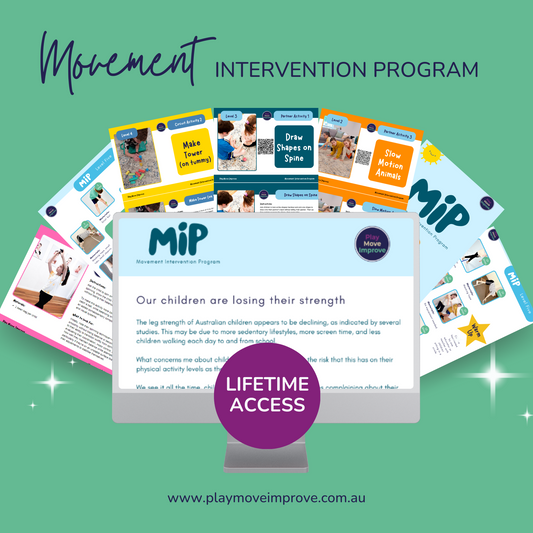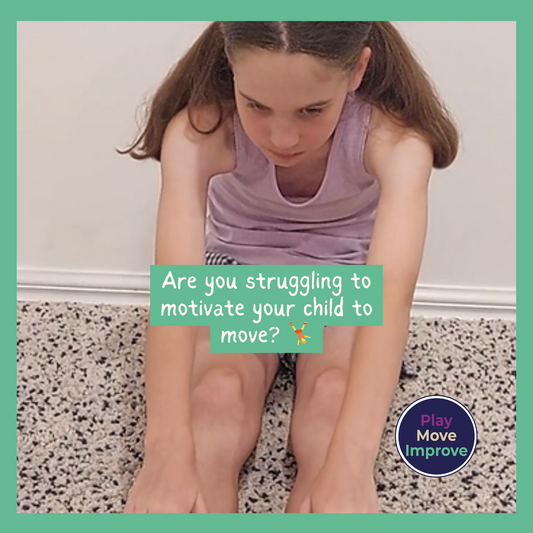I had a great chat with a friend who has been a primary school teacher for over 15 years about her thoughts on whole body listening as I have seen many children struggle to self-regulate their bodies over the years with their eyes facing the teacher, their hands in their lap, and their core muscles staying activated enough to keep their torso straight against the forces of gravity.
My friend explained to me that in her experience she has found that the prompt of using the 5 L's has been helpful, as she sees the children try to refocus their eyes towards her book, take their hands off of the child sitting next to them, and reactivate their core muscles to sit up tall.
However, she had also observed what I had observed where a number of children struggled to maintain the 5 L's, sometimes for more than 20 seconds, because the strength that it takes to keep their torso up straight, and the intensity of eye contact towards the teacher can be stressful and tiring for some children.
I loved how she taught me about using the 5 parts of whole body listening to refocus the children in the classroom, while still providing the opportunity for children with special needs to be able to still be a part of the lesson and the group discussion without needing to keep intense eye contact, hands always in their lap, etc.
From my experience with children with sensory challenges and self-regulation difficulties, I have found that they aren't connected with their own body. So I have developed whole body listening suggestions in the document link below, where we can use the prompts of eyes, ears, lips, etc. but add in a sensory/body connection element for children who may need support with self-regulating and refocusing back on the task when the teacher is giving the next instruction.
Download my whole body listening guide for free and I'd love to read your thoughts in the comments section below
Access the free guide here - https://play-move-improve.ck.page/326510c368





